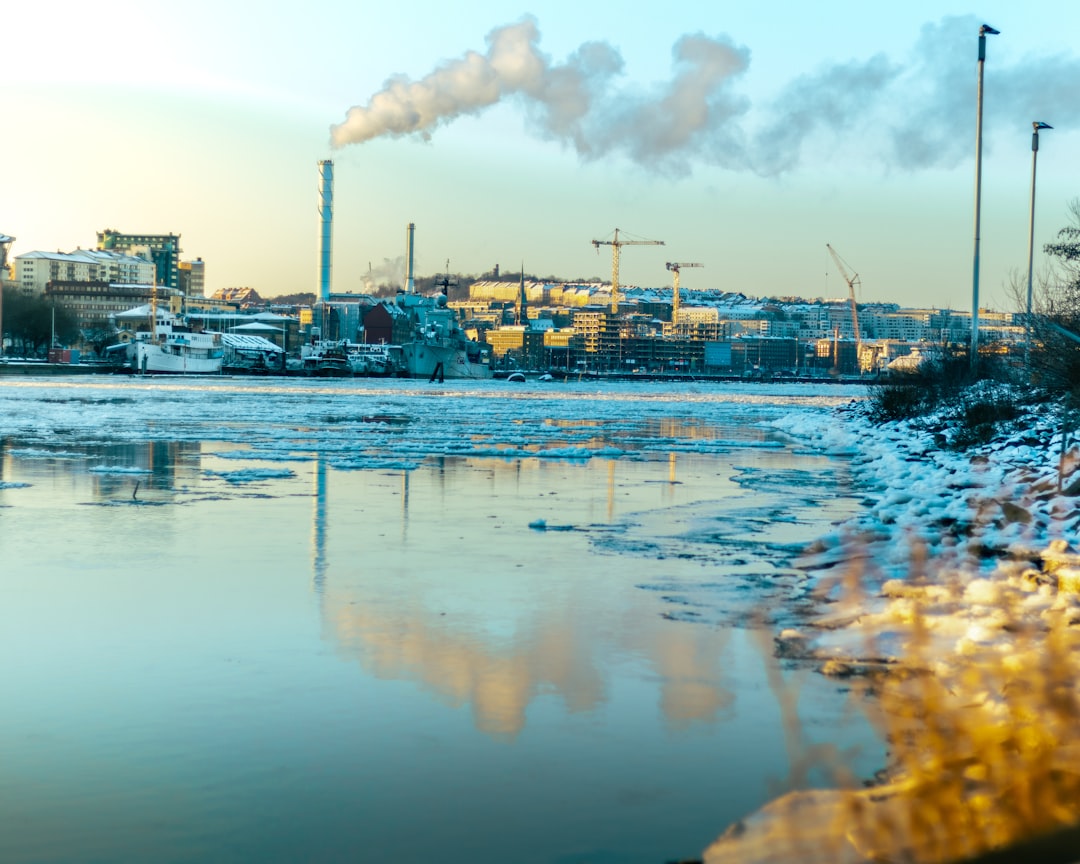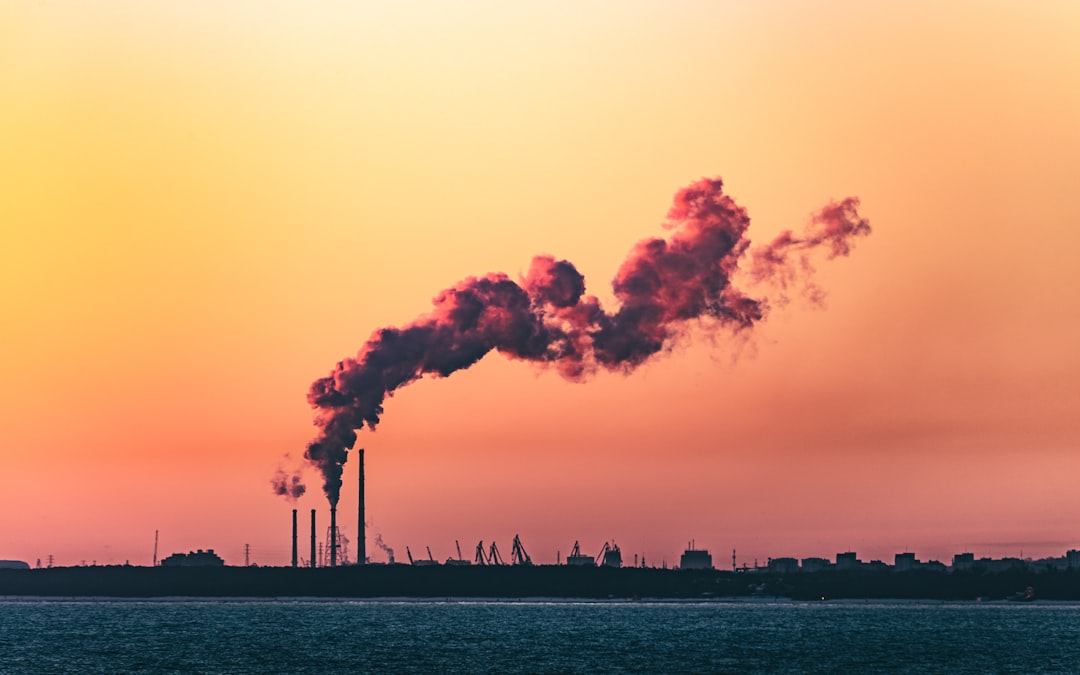What is it about?
The development of mineral deposits related to hypogene sulfuric acid speleogenesis within cavernous middle Eocene beds of the Giza plateau. This is significant because the plateau is characterized by variable karst features, and the present mineral deposits could be considered as a new contribution for sulfuric acid speleogenesis.
Featured Image

Photo by Adrian Dascal on Unsplash
Why is it important?
The present work is the first record discussing the relation between the sulfuric acid speleogenetic mineral deposits and the recognized paleokarst features in the Giza plateau and their relevance to possible ascending of H2S gas associated with hydrocarbon seepages from the underlying Cretaceous reservoirs.
Read the Original
This page is a summary of: Development of Sulfuric Acid Speleogenetic Deposits within Cavernous Middle Eocene Beds: Inference on Hydrocarbon Gas Seepages, Giza Pyramids Plateau, Egypt, Acta Geologica Sinica - English Edition, January 2020, Wiley,
DOI: 10.1111/1755-6724.14512.
You can read the full text:
Contributors
The following have contributed to this page










